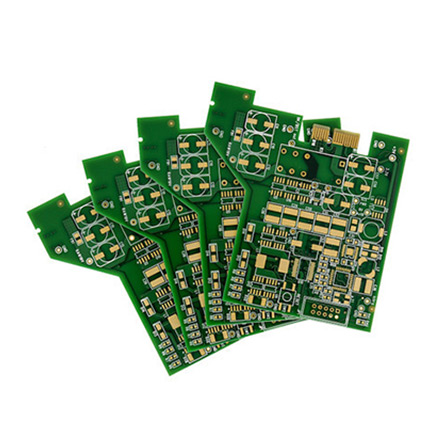

The Benefits and Applications of Low-E Tinted Glass
In the ever-evolving world of architecture and construction, one material has emerged as a standout component low-emissivity (Low-E) tinted glass. This innovative product combines the fundamental properties of traditional glass with advanced technologies to enhance energy efficiency, comfort, and aesthetics in buildings. By understanding the characteristics and benefits of Low-E tinted glass, individuals and organizations can make informed decisions when designing and constructing buildings.
Low-E tinted glass is specially treated to minimize the amount of infrared and ultraviolet light that passes through the glass without compromising visible light transmission. This treatment significantly reduces heat transfer, essentially acting as a barrier to prevent heat from escaping during cooler months and blocking excess heat from entering during warmer months. The result is a more stable indoor temperature, which can lead to diminished reliance on HVAC systems, thus reducing energy consumption and utility costs.
The Benefits and Applications of Low-E Tinted Glass
Additionally, Low-E tinted glass plays a crucial role in safeguarding interiors from the harmful effects of UV radiation. Prolonged exposure to ultraviolet rays can cause fading and deterioration of furnishings, artwork, and flooring. By filtering out a substantial portion of these harmful rays, Low-E tinted glass helps preserve the quality and longevity of interior elements, making it a smart choice for homes and offices alike.

Environmental sustainability is a notable feature of Low-E tinted glass. As construction practices become more eco-conscious, architects and builders are increasingly seeking materials that contribute to energy efficiency and sustainability. Low-E tinted glass not only enhances a building's energy performance but also aligns with green building standards such as LEED (Leadership in Energy and Environmental Design). By significantly reducing energy consumption, this type of glass helps lower greenhouse gas emissions associated with heating and cooling.
In terms of aesthetics, Low-E tinted glass offers a sleek and modern appearance that can elevate the design of any building. Available in a variety of colors and shades, it allows architects to achieve the desired look while maintaining functionality. The reflective quality of Low-E tinted glass can also create a visually appealing façade, enhancing the overall architectural design and providing a contemporary touch to both residential and commercial properties.
The versatility of Low-E tinted glass extends beyond just residential homes and commercial buildings. It is also applicable in various industries, including automotive and aviation, where heat and UV protection are paramount. In the automotive sector, Low-E tinted glass is used in windows to improve passenger comfort and reduce glare, contributing to safety and driving satisfaction.
In conclusion, Low-E tinted glass stands out as an essential material in the modern architectural landscape. Its combination of energy efficiency, glare reduction, UV protection, sustainability, and aesthetic appeal makes it a highly desirable choice for a wide range of applications. As the construction industry continues to evolve towards more environmentally friendly practices, the integration of Low-E tinted glass into building designs is likely to become increasingly prevalent. By embracing this innovative material, builders and architects can create spaces that are not only beautiful but also energy-efficient and comfortable, paving the way for a more sustainable future in architecture.